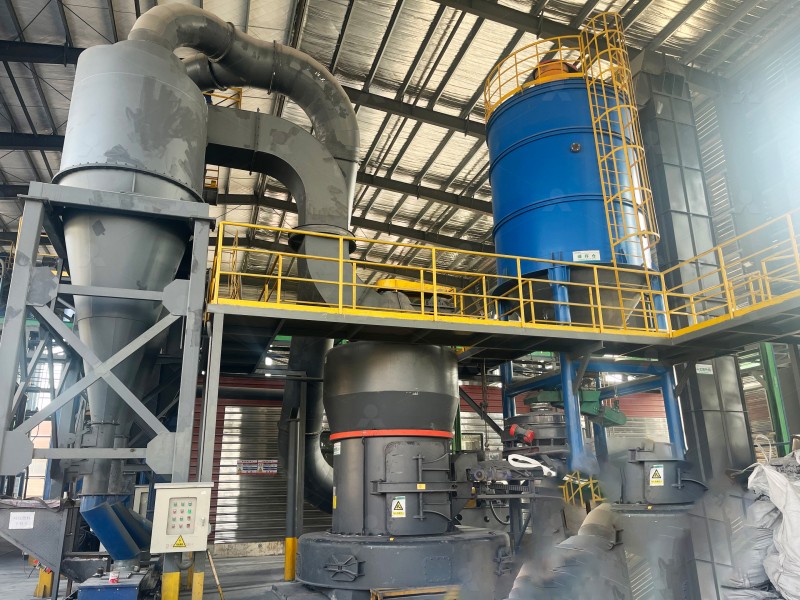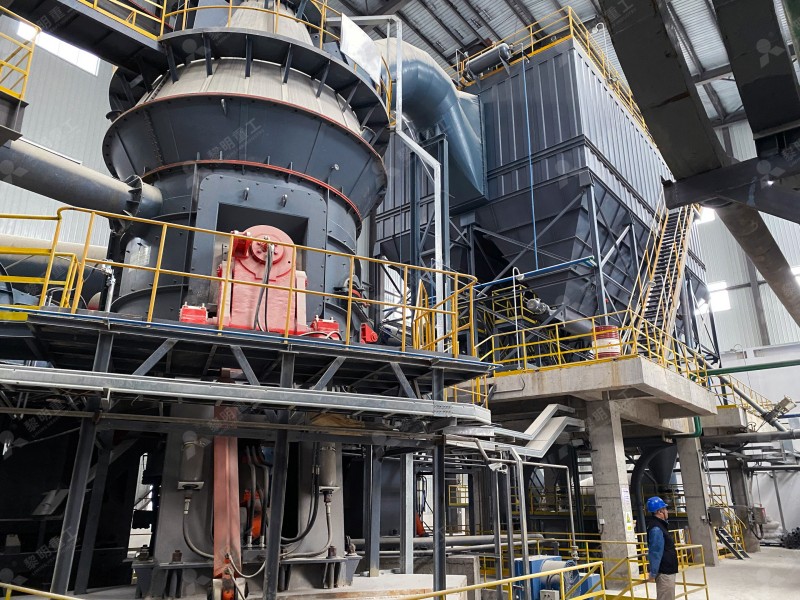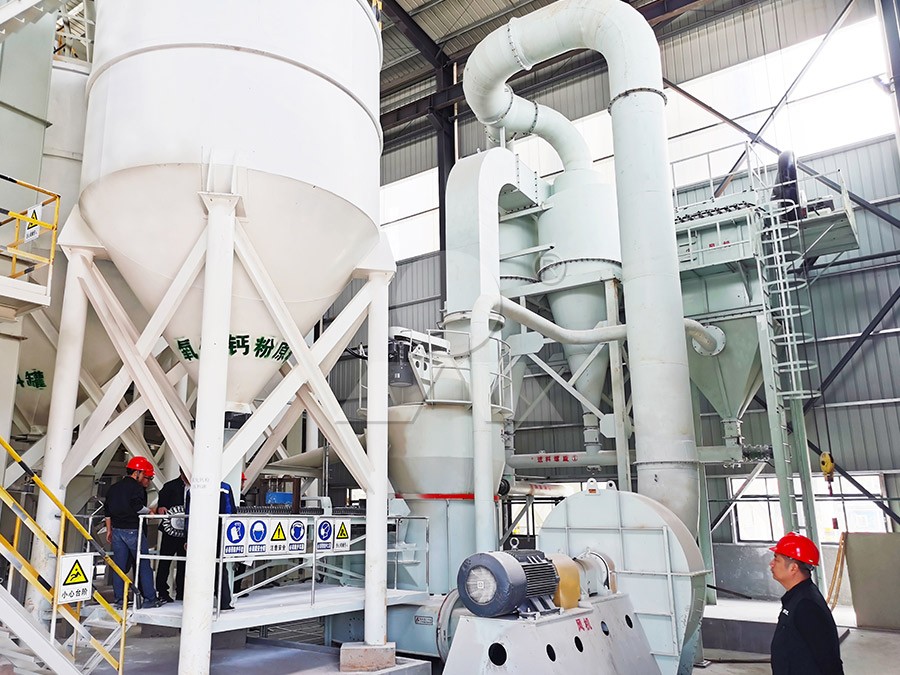ZM-1-2 Mineral Grinding Mill Maintenance Guide
ZM-1-2 Mineral Grinding Mill Maintenance Guide
Maintaining your mineral grinding equipment is crucial for operational efficiency, product quality, and long-term reliability. Proper care extends equipment lifespan, reduces unexpected downtime, and ensures consistent output specifications. This guide outlines essential maintenance practices specifically for mineral grinding mills.
Daily Operational Checks
Begin each shift with a visual inspection of the entire grinding system. Check for unusual vibrations, abnormal noises, or visible leaks around seals and connections. Monitor motor amperage readings to ensure they remain within normal operating ranges, as significant deviations often indicate underlying issues like bearing wear or material overload.
Verify lubrication levels in all designated points, paying particular attention to the grinding roller bearings and gearbox. For mills operating in demanding environments, consider increasing inspection frequency. Document all observations in maintenance logs to establish performance baselines and identify developing trends.

Critical Component Maintenance
The grinding elements—rollers, rings, and liners—experience the most significant wear during operation. Establish regular measurement protocols to monitor thickness reduction and profile changes. Many modern mills feature reversible components that can be repositioned to extend service life before replacement becomes necessary.
For operations requiring ultra-fine powder production between 325-2500 meshes, we recommend our MW Ultrafine Grinding Mill. This machine eliminates rolling bearings and screws within the grinding chamber, significantly reducing maintenance concerns related to these components. The external lubrication system allows continuous 24-hour operation without shutdowns for lubrication maintenance.
Preventive Maintenance Scheduling
Develop a comprehensive preventive maintenance schedule based on operating hours rather than calendar time. Critical inspections should occur at 250, 500, 1,000, and 2,000-hour intervals. The 1,000-hour inspection should include thorough examination of the grinding chamber, separator components, and classifier operation.
For operations with variable production requirements, the LUM Ultrafine Vertical Grinding Mill offers exceptional maintenance advantages. Its reversible structure allows easy access to grinding rollers for inspection and replacement, while the double position-limiting technology prevents destructive impacts during operation, significantly reducing unexpected component failures.

Dust Collection System Maintenance
The efficiency of your dust collection system directly impacts both environmental compliance and equipment protection. Regularly inspect filter elements for pressure drop increases and clean or replace as needed. Check all ductwork for material buildup that could restrict airflow and reduce system efficiency.
Pulse-jet cleaning systems require particular attention to solenoid valves, diaphragms, and compressed air quality. Water in compressed air lines can significantly reduce filter bag life and collection efficiency. Install and maintain proper air drying equipment to protect this critical system component.
Electrical System Considerations
Electrical components demand regular attention in the harsh environment of mineral processing. Quarterly infrared scans of motor connections, starters, and transformers can identify developing hot spots before they cause failures. Keep electrical enclosures properly sealed while ensuring adequate ventilation to prevent component overheating.
Monitor drive belts for proper tension and wear, as either too loose or too tight conditions accelerate bearing wear and reduce power transmission efficiency. Maintain accurate records of motor performance to identify efficiency degradation that might indicate the need for rewinding or replacement.

Seasonal and Storage Maintenance
For facilities experiencing seasonal shutdowns or extended storage periods, proper preservation procedures prevent corrosion and component degradation. Thoroughly clean all material contact surfaces and apply appropriate protective coatings to prevent rust formation on unprotected steel surfaces.
Rotate shafts periodically during extended storage to prevent brinelling of bearing races. Maintain proper lubrication in all bearing points, and consider using desiccant breathers on gearboxes and hydraulic reservoirs to control moisture accumulation.
Frequently Asked Questions
What is the most commonly overlooked maintenance task on grinding mills?
Proper lubrication of non-major components such as actuator linkages, damper controls, and small bearings often receives insufficient attention. These components, while small, can cause significant operational disruptions when they fail.
How often should grinding elements be replaced?
Replacement frequency depends on material abrasiveness, operating hours, and finished product requirements. Generally, inspect grinding elements every 500-800 operating hours and plan for replacement when wear exceeds 30-40% of original dimensions.
What are the first signs of bearing failure?
Early indicators include gradual temperature increases, subtle changes in vibration patterns, and slight increases in power consumption. Advanced stages produce audible rumbling or grinding noises and significant vibration.
Can maintenance intervals be extended with certain operating practices?
Consistent feed rates, proper material preparation, and avoiding tramp metal significantly extend component life. Operating at optimal capacity rather than maximum capacity also reduces wear rates.
What documentation should maintenance records include?
Comprehensive records should document inspection dates, findings, parts replaced, lubrication schedules, vibration analysis results, and operational parameters before and after maintenance activities.
